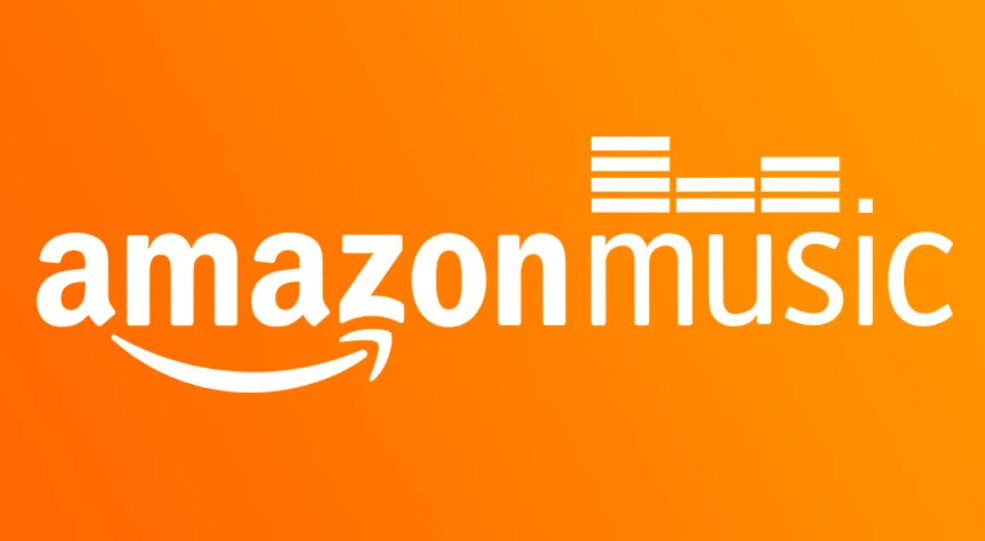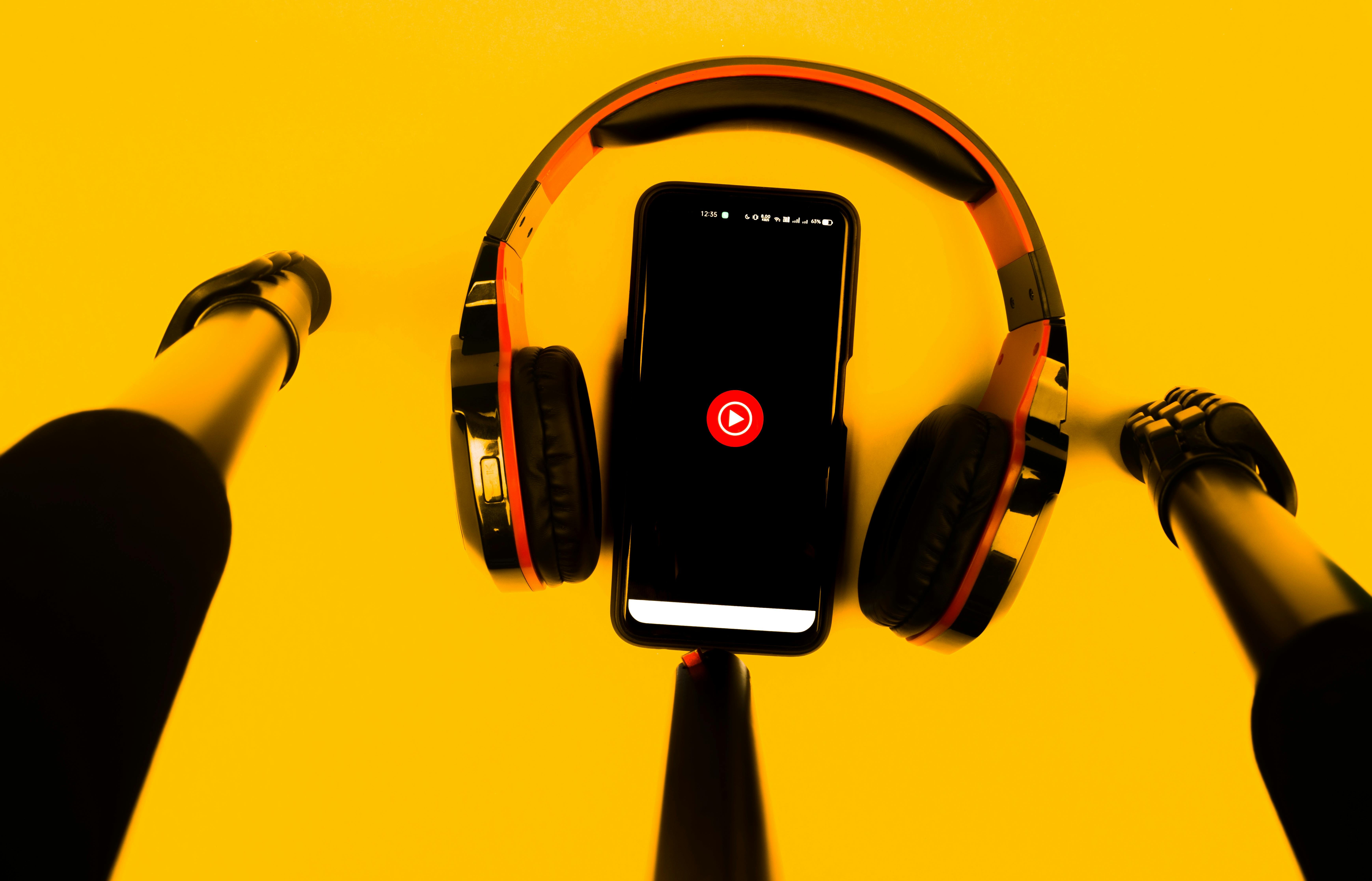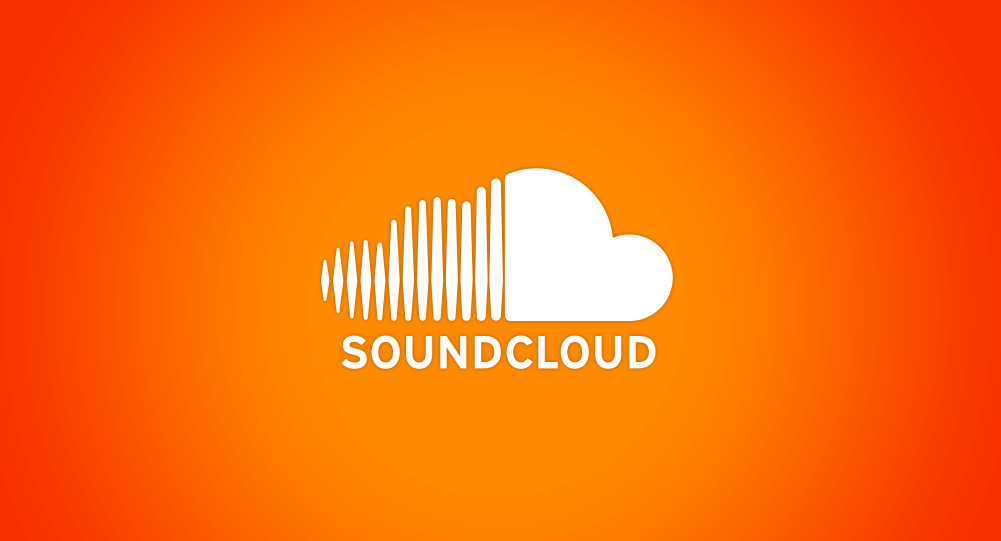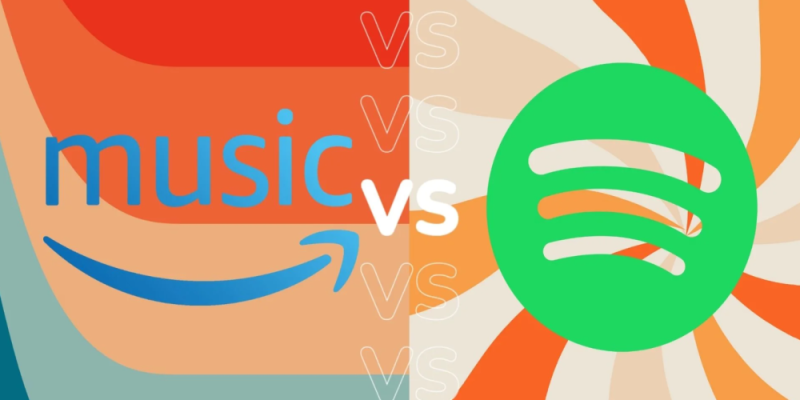The digital age has revolutionized the way we consume music, with streaming services becoming the norm for most listeners. With so many options available, it can be challenging to determine which app best caters to your specific needs. In this article, we will delve into the highlights and drawbacks of some of the most popular music streaming platforms to help you make an informed decision.
Each app has its unique features, subscription plans, and user interfaces. Understanding these differences will allow you to select a service that offers the best value for your taste in music and lifestyle. Let's explore the specifics of each platform.
Spotify: The All-Rounder

Spotify is a global leader in music streaming, known for its extensive library and user-friendly interface. Premium subscribers enjoy ad-free listening, offline downloads, and high-quality audio. Additionally, Spotify's algorithms for music recommendations and curated playlists are highly praised by users.
However, Spotify's free tier comes with ads and limited skips, which might be a dealbreaker for some. Nevertheless, its cross-platform compatibility and social sharing options make it an excellent choice for most music lovers.
Apple Music: The Ecosystem Choice

Integrated seamlessly with Apple devices, Apple Music offers a vast library and exclusive content. It boasts a sleek interface and provides a personalized experience through its curated playlists and radio shows. For users deeply embedded in the Apple ecosystem, this service feels like a natural extension.
While it lacks a free tier, Apple Music's library syncs effortlessly across devices, making it a great option for those who own multiple Apple products. It's also worth considering the student and family plans for added savings.
Tidal: The Audiophile's Dream
Tidal sets itself apart with its HiFi subscription plan that offers lossless audio quality, catering to audiophiles who demand pristine sound. It also features exclusive releases and video content, giving subscribers a richer entertainment experience.
The downside is its higher cost compared to other services, and the premium price might not justify the benefits for casual listeners. However, for those who value superior sound quality and exclusive content, Tidal is a compelling choice.
Amazon Music Unlimited: The Prime Companion

Amazon Music Unlimited offers an extensive library and is particularly attractive for existing Amazon Prime members due to the integrated benefits and discounts. It features voice control through Alexa, making it convenient for hands-free usage.
Although it may not be the first choice for those only interested in music streaming, its integration with the Amazon ecosystem provides a seamless experience for Prime users. The variety of playlists and stations is another significant advantage for subscribers.
YouTube Music: The Visual Experience

YouTube Music combines video and audio streaming, offering a unique experience for those who enjoy music videos. Its extensive library includes official tracks, remixes, and live performances, providing a diverse range of content.
This service stands out for its integration with YouTube's vast video resources but is ad-supported unless you opt for the Premium plan. For users who prefer a visually engaging music experience, YouTube Music is an excellent option.
Pandora: The Personalized Radio
Pandora excels in its music discovery through custom radio stations that evolve based on user feedback. Listeners can create stations with a specific mood or theme, enhancing the personalized music experience.
However, Pandora's library is smaller than some of its competitors', which might limit song choices. Despite this, its basic and simplified user interface makes it ideal for those who prefer a more radio-like experience.
Deezer: The Versatile Choice
Deezer offers a broad range of features, including a vast music library and unique discovery tools like "Flow," which creates an endless mix based on your preferences. It also supports HiFi audio, appealing to audiophiles.
Despite its advantages, Deezer is often overshadowed by more prominent names. However, its diverse array of features and global reach might make it the perfect choice for those seeking a comprehensive and versatile music service.
SoundCloud: The Indie Haven

SoundCloud is a platform beloved by indie artists, offering a treasure trove of new and unsigned music. Users can explore tracks that aren't available on mainstream services, making it a haven for discovering fresh talent and underground genres.
The free tier provides considerable access but is limited by ads and audio quality. For fans of independent music and emerging artists, SoundCloud's unique content and community engagement are significant draws.
Qobuz: The High-Resolution Choice
Qobuz specializes in high-resolution audio streaming, catering to listeners who prioritize sound fidelity. It also offers a vast range of liner notes, album booklets, and editorial content for a more immersive listening experience.
This service can be more expensive, but its commitment to high-quality audio and rich metadata sets it apart. For those who seek both musical depth and quality, Qobuz is an excellent choice.
Conclusion: Aligning Your Needs with the Right Service
Ultimately, the best music streaming app for you depends on your specific requirements, preferences, and budget. Whether you prioritize sound quality, exclusive content, seamless integration with devices, or discovery features, there is likely a service that matches your demands.
Take the time to evaluate what each platform offers and consider trying out their free trials. By aligning your listening habits with the appropriate service, you can enhance your music experience tremendously.






